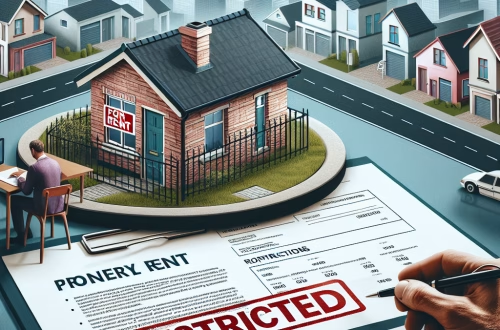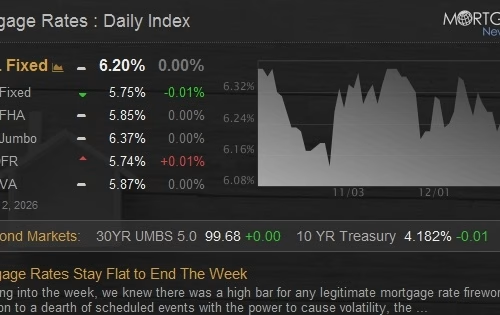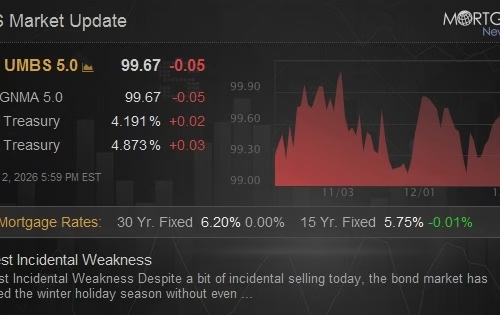Article Summary
Your Debt-to-Income Ratio (DTI) is a critical factor in achieving financial milestones like homeownership and wealth-building. It measures your monthly debt payments against your income, influencing your ability to secure loans and favorable interest rates. For buyers, a low DTI can unlock better mortgage terms, while lenders and brokers use it to assess risk. However, challenges like high credit card debt, student loans, or insufficient income can hinder your DTI. With interest rates fluctuating frequently, understanding and improving your DTI now can save you thousands in the long run. This article is your essential guide to mastering DTI, avoiding pitfalls, and making informed financial decisions.
What This Means for You
Immediate Action: Calculate your DTI by dividing your total monthly debt payments by your gross monthly income. Use free online tools or consult a financial advisor to identify areas for improvement, such as paying down high-interest debt or increasing your income.
Financial Risks: A high DTI can lead to loan denials or higher interest rates, increasing your overall borrowing costs. For example, if your DTI exceeds 43%, you may struggle to qualify for conventional mortgages, limiting your homebuying options.
Costs Involved: Beyond the loan amount, expect additional expenses like closing costs (2–5% of the loan), appraisal fees, and title insurance. Budgeting for these upfront can prevent financial strain during the homebuying process.
Long-Term Strategy: Focus on lowering your DTI over time by reducing debt and increasing income. Consider refinancing options in the future to secure better rates or shorter loan terms, aligning with your evolving financial goals.
What Is a Debt-to-Income Ratio (DTI) and Why Does It Matter?
What is a Debt-to-Income Ratio (DTI)?
Your DTI is a percentage that compares your monthly debt payments (e.g., credit cards, car loans, student loans) to your gross monthly income. Lenders use it to evaluate your ability to manage additional debt, such as a mortgage. A lower DTI indicates better financial health and increases your chances of loan approval.
Types of Debt-to-Income Ratios
- Front-End DTI: Focuses solely on housing-related expenses (e.g., mortgage, property taxes, insurance).
- Back-End DTI: Includes all debt obligations, providing a comprehensive view of your financial commitments.
Requirements of Debt-to-Income Ratio (DTI)
- Credit Score: A higher score improves your DTI eligibility.
- Down Payment: Larger down payments can offset a higher DTI.
- Documentation: Prepare pay stubs, tax returns, and debt statements for lenders.
Process Involved with Debt-to-Income Ratio (DTI)
- Pre-Approval: Submit financial documents to determine your loan eligibility.
- Loan Application: Provide detailed information about your income and debts.
- Underwriting: Lenders assess your DTI and overall financial health.
- Appraisal: The property’s value is evaluated to ensure it meets loan requirements.
- Closing: Finalize the loan and transfer ownership.
Choosing a Debt-to-Income Ratio (DTI)
Consider factors like interest rates, loan terms, and lender reputation. Watch for red flags, such as lenders offering loans with excessively high DTIs or unclear terms.
People Also Ask About
- How can I lower my DTI quickly?
- What is the maximum DTI for a mortgage?
- Does DTI affect credit scores?
Other Resources
For FHA guidelines, visit HUD.gov. For consumer protection tips, check out CFPB.
Things to Remember
- Calculate your DTI regularly to monitor your financial health.
- Aim for a DTI below 36% for better loan approval chances.
- Pay down high-interest debt to improve your DTI.
- Budget for additional costs like closing fees and insurance.
- Consider refinancing options to optimize your mortgage terms.
Key Terms
- Debt-to-Income Ratio (DTI)
- Front-End DTI
- Back-End DTI
- Mortgage Pre-Approval
- Loan Underwriting
- Closing Costs
- Refinancing Benefits
featured image sourced by Pixabay.com
Automatic Mortgage Calculator
Welcome to our Automatic Mortgage Calculator 4idiotz! Please just add your figures in the correct sections below and the Automatic Mortgage Calculator will automatically calculate the results for you and display them at the bottom of the page.




